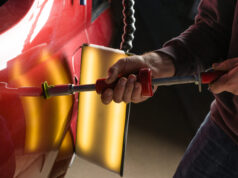Selecting the right headliner fabric for your car’s interior is a critical decision that affects both the aesthetic appeal and functionality of your vehicle. The headliner, or the material that covers the interior roof of a car, is not only a key element of your car’s interior design but also serves practical purposes such as insulation and noise reduction. This comprehensive guide will help you navigate the various aspects of choosing the perfect headliner fabric for your vehicle.
Understanding Headliner Fabric Types
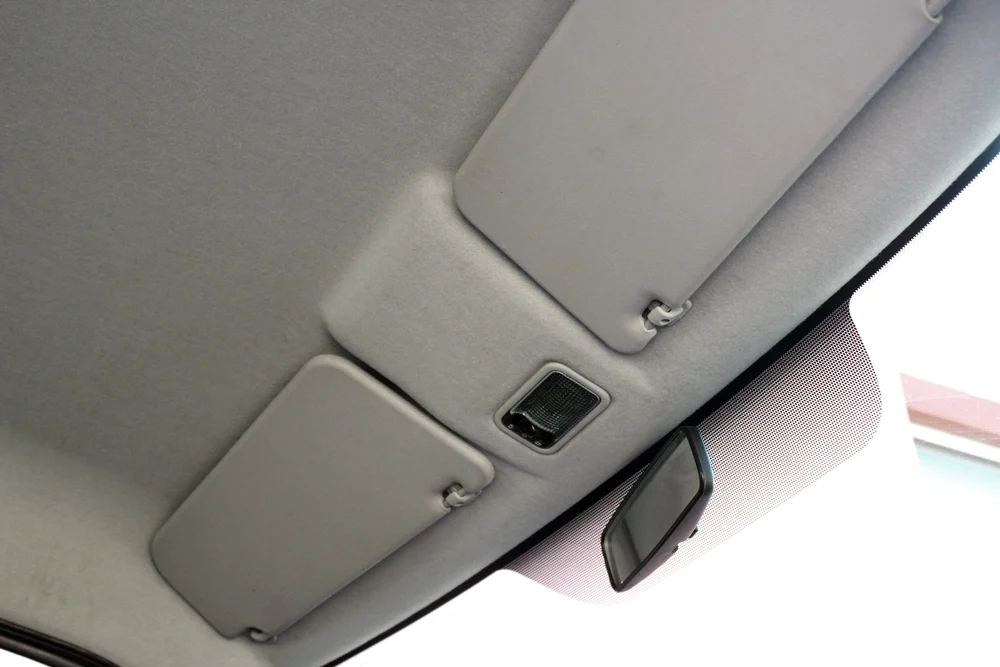
Headliner fabric come in various materials, each with its unique properties and benefits. The most common types are:
- Cloth Headliners: These are typically made from woven fabrics like polyester or cotton blends. Cloth headliners offer a wide range of textures and colors, making them a versatile choice for customization. They are generally affordable but may not be as durable as other materials.
- Vinyl Headliners: Vinyl headliners are known for their durability and ease of cleaning. They are an excellent choice for vehicles frequently exposed to moisture or used in harsh environments. Vinyl can mimic the look of leather or other textures, providing a luxurious feel to your car’s interior.
- Foam-Backed Cloth: This material combines a layer of foam with a cloth surface, offering enhanced sound insulation and a plush feel. Foam-backed cloth headliners are more durable than standard cloth and provide a premium appearance.
- Synthetic Suede: For those seeking a luxurious and modern look, synthetic suede is an excellent option. It provides a soft, elegant texture similar to real suede but is more resistant to stains and easier to maintain.
- Microfiber: Microfiber headliners are known for their softness and durability. They resist fading and wear, making them suitable for long-term use. Microfiber also offers excellent insulation and noise-reducing qualities.
Evaluating Durability and Maintenance
When choosing a headliner fabric, consider its durability and maintenance requirements. Vinyl and synthetic materials tend to be more durable and easier to clean than cloth headliners. If your car is heavily used or frequently exposed to sunlight, opt for materials that are UV resistant and less prone to fading. Also, consider how easy the material is to clean, especially if you have children or pets.
Assessing Aesthetic Appeal
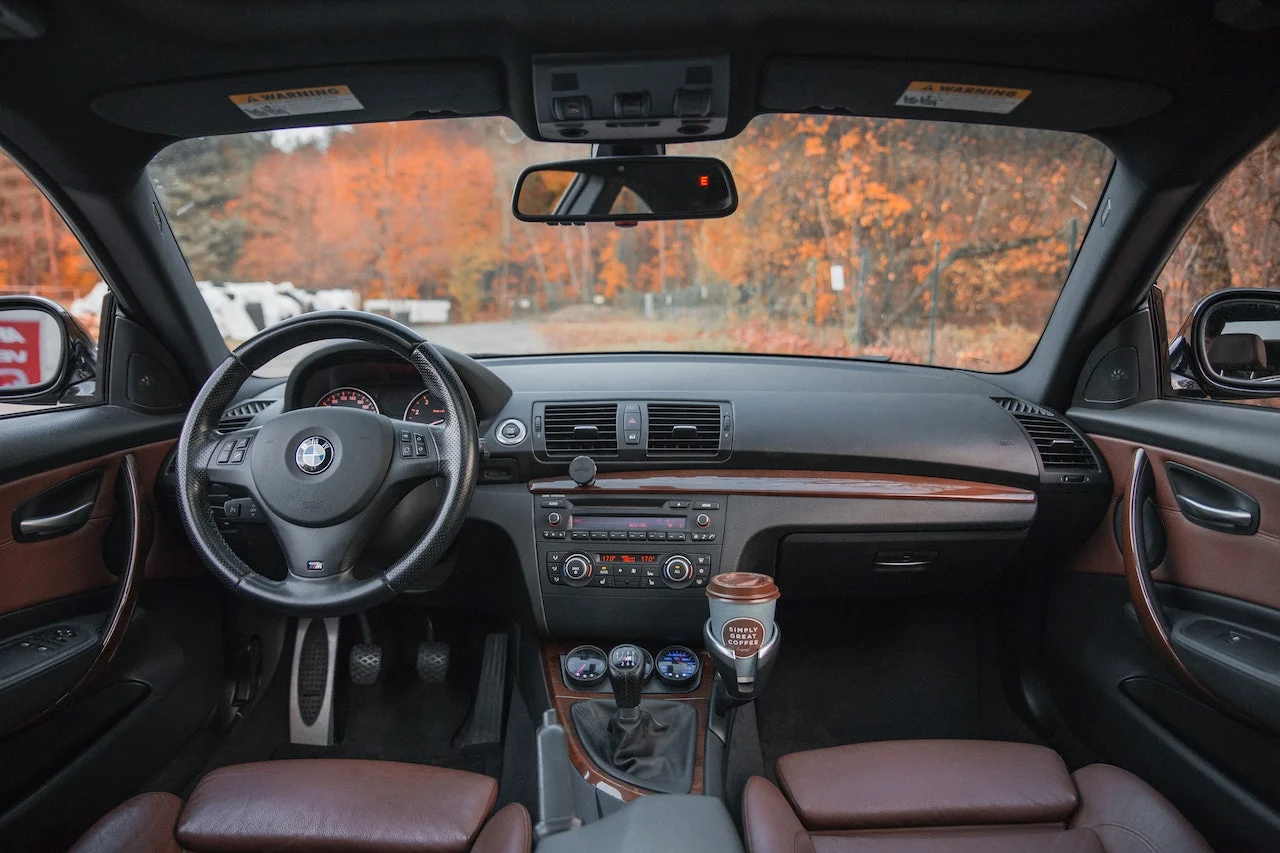
The aesthetic appeal of the headliner fabric is crucial as it contributes significantly to your car’s overall interior look. Choose a color and texture that complements the rest of your car’s interior. Darker colors can give a cozy, compact feel, while lighter colors can make the interior appear more spacious. Textures like suede or leatherette add a touch of luxury.
Considering Insulation and Acoustic Properties
A headliner plays a significant role in your car’s insulation and acoustics. Materials like foam-backed cloth and microfiber provide better insulation against heat and cold. They also absorb sound, contributing to a quieter, more comfortable ride. If you live in a region with extreme weather conditions or prioritize a quiet driving experience, consider these factors when selecting your headliner fabric.
Installation and Customization
Installing a new headliner can be a complex process. Professional installation is recommended, especially for materials that require special handling or adhesives. If you are interested in customization, such as adding patterns, embossing, or special stitching, consult with a professional upholsterer to explore your options and ensure a high-quality finish.
Balancing Cost and Quality
Finally, balance the cost against the quality of the headliner fabric. While it’s tempting to opt for cheaper materials, investing in a higher-quality headliner can enhance your car’s interior and increase its longevity. Consider the fabric’s durability, maintenance needs, and aesthetic appeal in relation to its cost. Remember, a good headliner is an investment in your vehicle’s comfort and value.
Environmental Factors and Headliner Selection
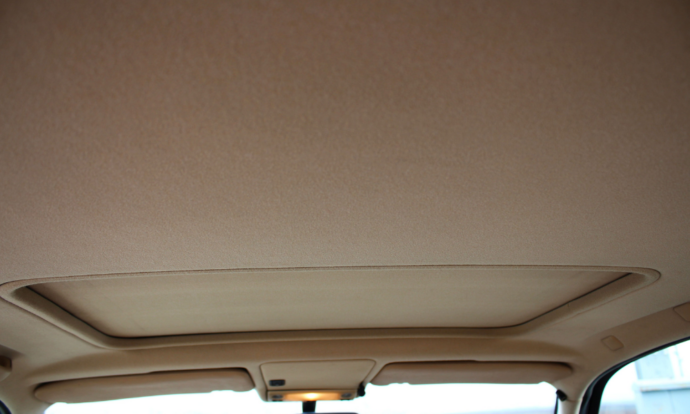
Environmental factors play a crucial role in selecting the right headliner fabric. If your car is often exposed to high temperatures or direct sunlight, it’s important to choose a material that is resistant to heat and UV rays. Materials like vinyl and certain synthetic fabrics can withstand these conditions without fading or deteriorating quickly. In colder climates, fabrics with better insulation properties, like foam-backed cloth, can help maintain a comfortable temperature inside the vehicle.
Safety and Headliner Materials
Safety is another aspect to consider when selecting a headliner fabric. Some materials are more fire-resistant than others, which can be a critical factor in ensuring the safety of the vehicle’s occupants. Additionally, during a collision, certain headliner materials can offer better protection against head injuries. Look for fabrics that comply with automotive safety standards and consider consulting a professional for advice on the safest options.
The Impact of Color and Design
The color and design of the headliner fabric significantly impact the overall ambiance of your car’s interior. Lighter colors can make the interior feel more airy and spacious, while darker colors can create a more intimate and cozy atmosphere. If you want to make a statement, consider choosing a headliner with a unique pattern or texture. However, it’s important to ensure that the design aligns with the rest of the car’s interior for a cohesive look.
Technological Advancements in Headliner Fabrics
The automotive industry is continuously evolving, and this includes advancements in headliner materials. Newer materials may offer improved insulation, better soundproofing, or even smart features like integrated lighting or speakers. Staying informed about the latest developments in headliner technology can provide you with more options that enhance both the functionality and aesthetics of your car’s interior.
The Role of Professional Advice
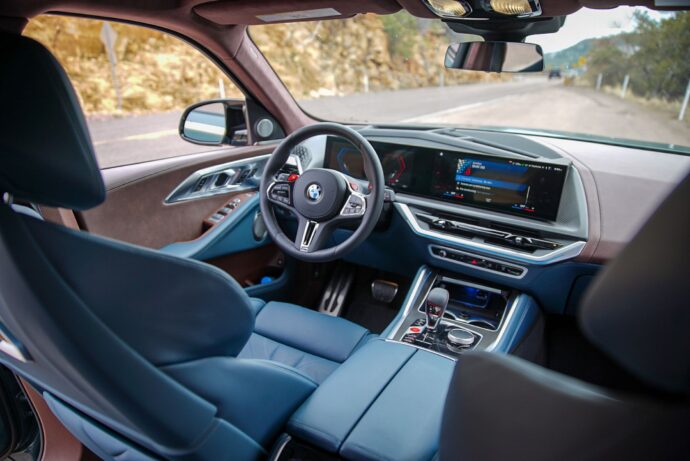
While it’s possible to research and select a headliner fabric independently, consulting with a professional upholsterer or automotive interior specialist can be invaluable. They can provide expert advice on the best materials for your specific needs, help you navigate the complexities of installation, and even offer custom solutions that you might not have considered.
Long-Term Care and Maintenance
After choosing and installing the perfect headliner fabric, it’s important to consider its long-term care and maintenance. Different materials require different cleaning methods and care strategies. For example, cloth headliners may need regular vacuuming and spot cleaning, while vinyl can be wiped down with a damp cloth. Understanding the maintenance requirements of your chosen fabric will help ensure that it remains in excellent condition for as long as possible.
Conclusion
Selecting the right headliner fabric for your car is a decision that combines practicality, aesthetics, safety, and durability. By considering factors like material type, environmental conditions, safety standards, color and design, technological advancements, professional advice, and long-term maintenance, you can make an informed choice that enhances the comfort, appearance, and overall value of your vehicle. Remember, the perfect headliner is one that meets your specific needs and reflects your personal style, making every drive a more enjoyable experience.




